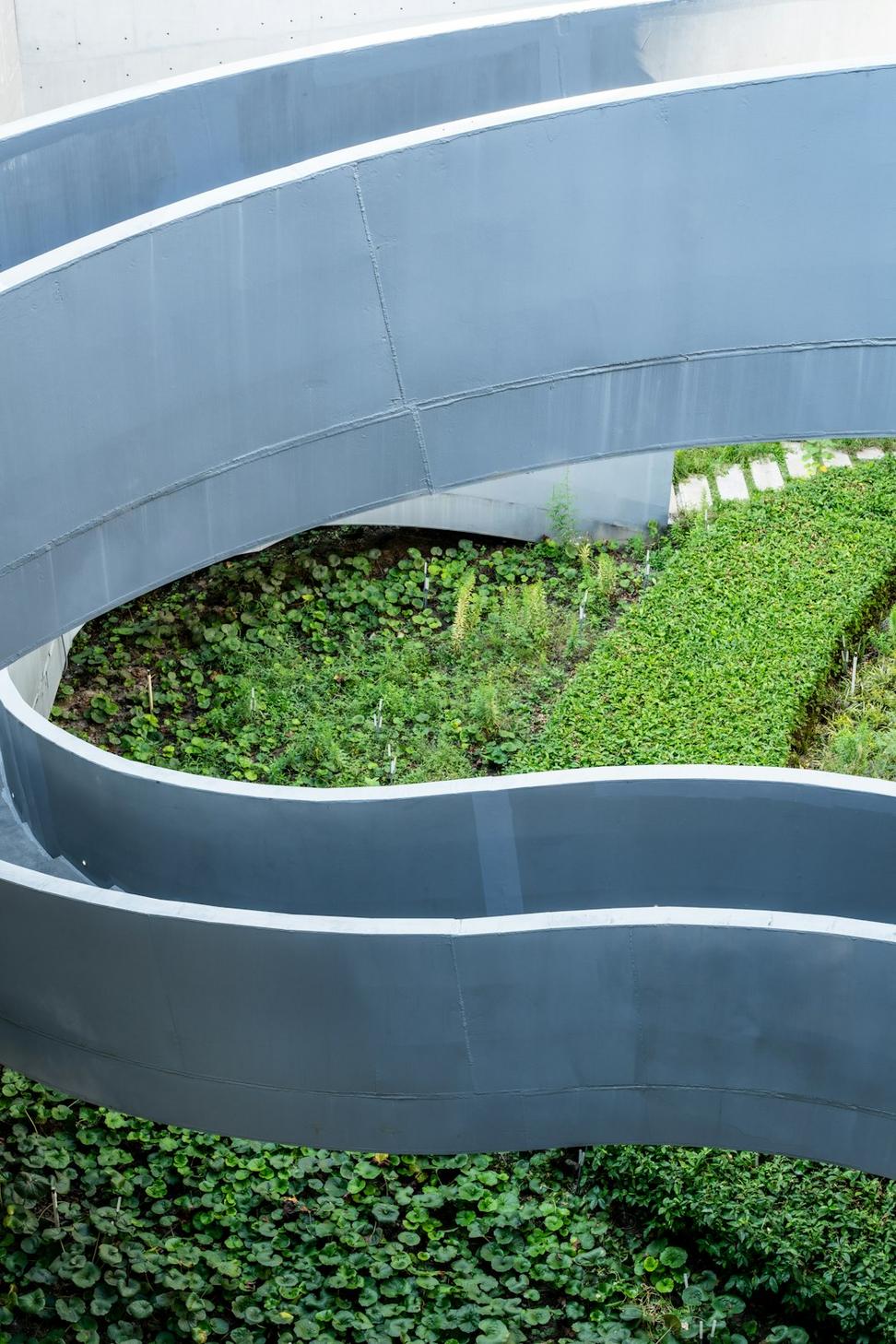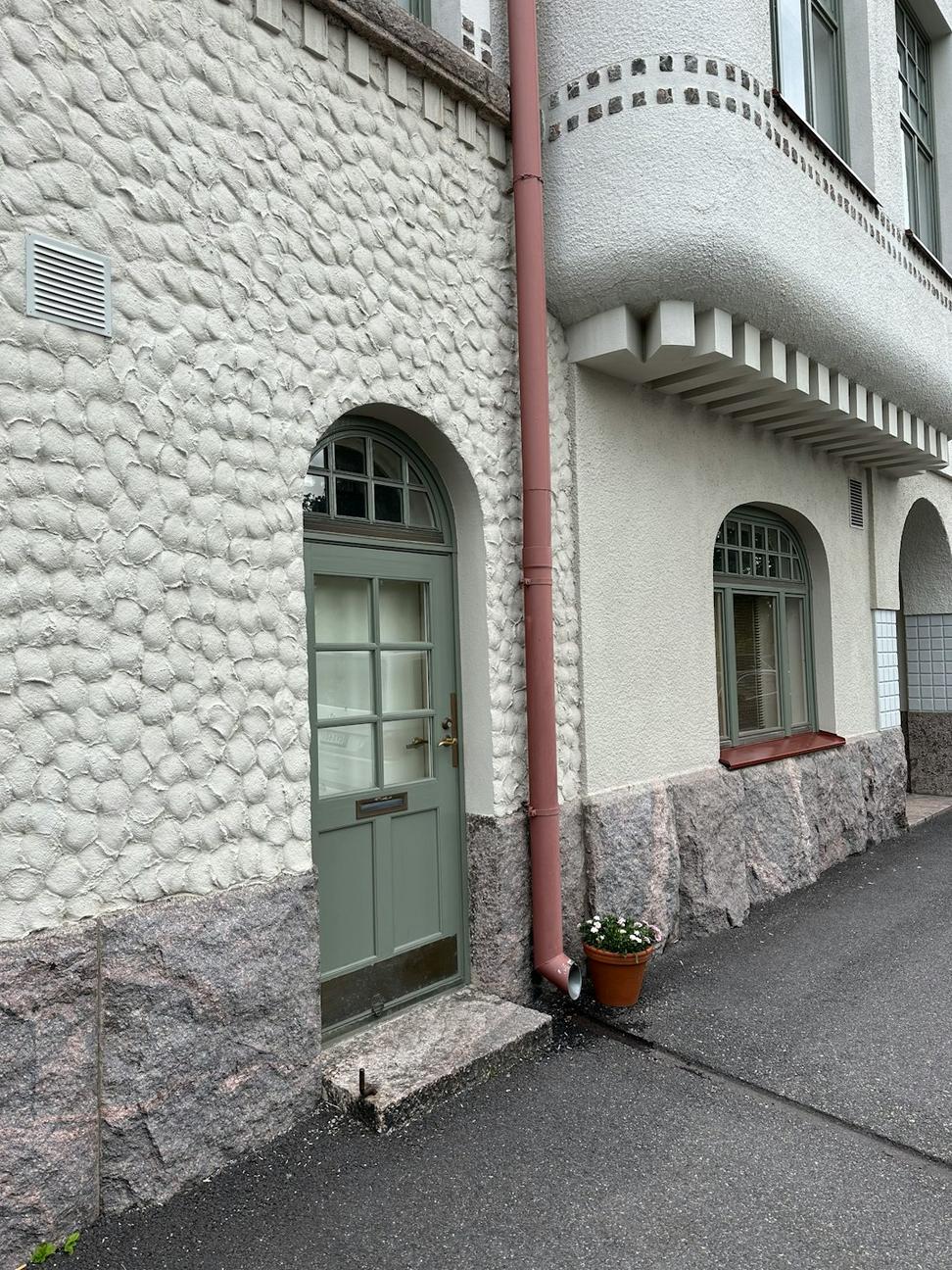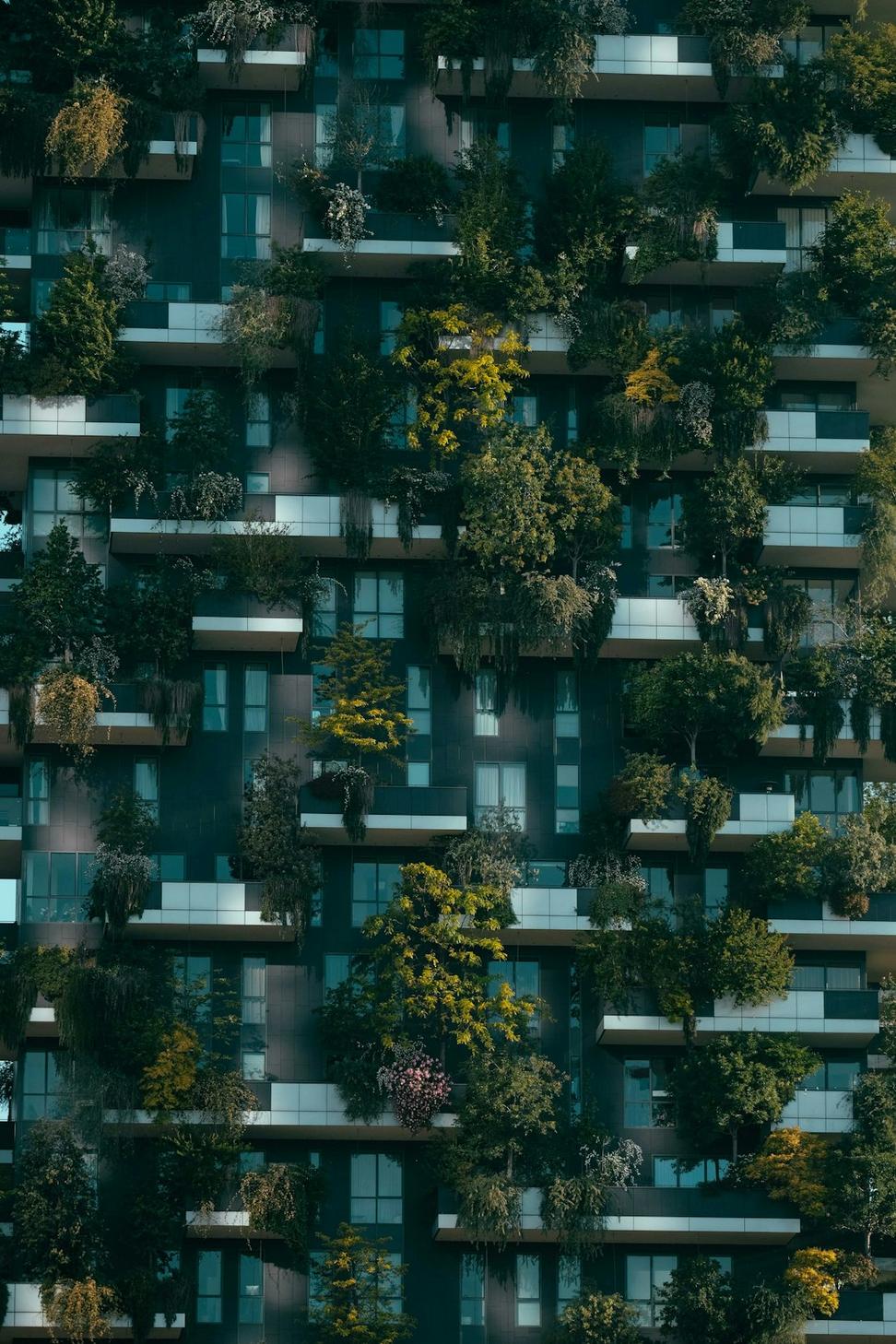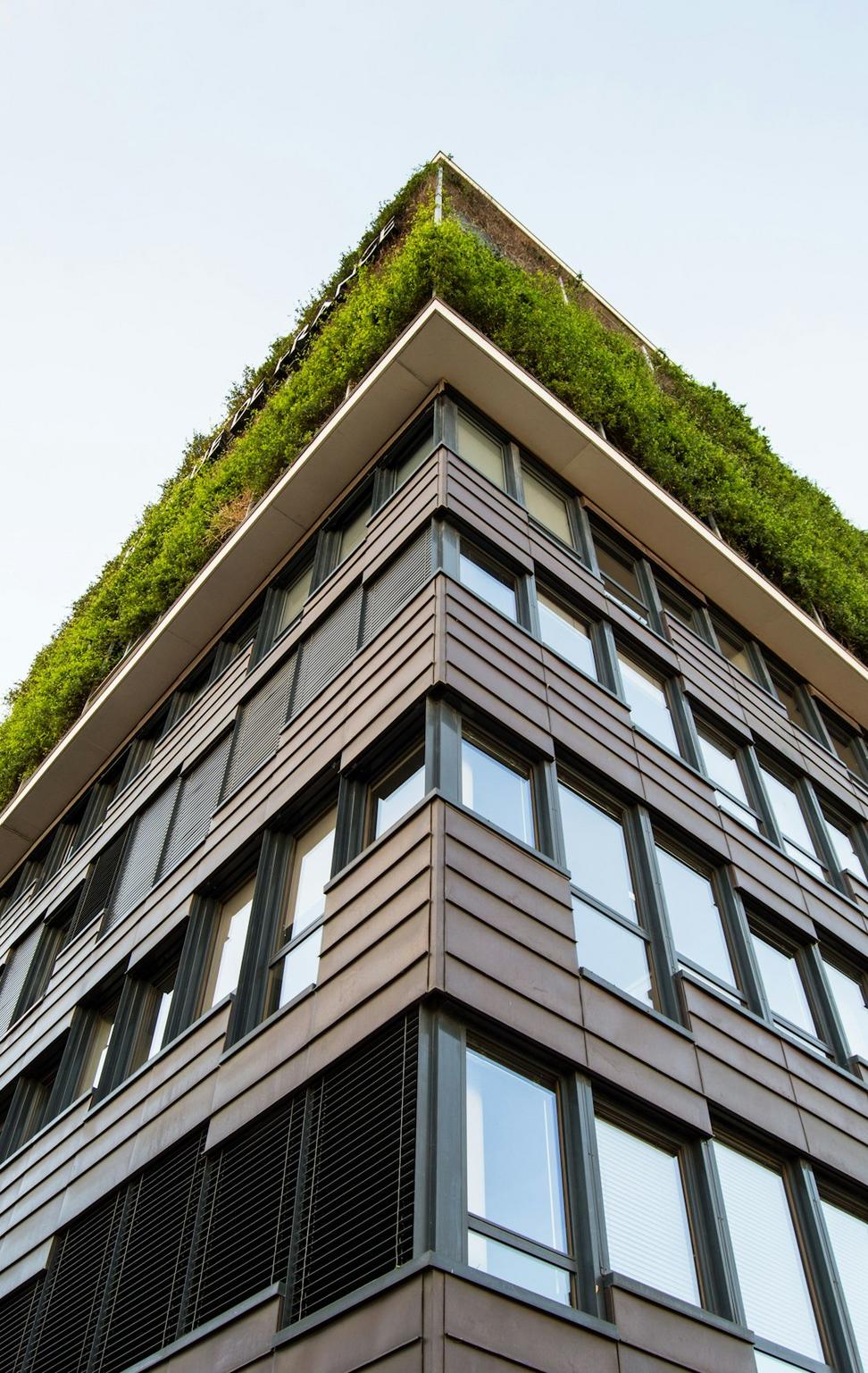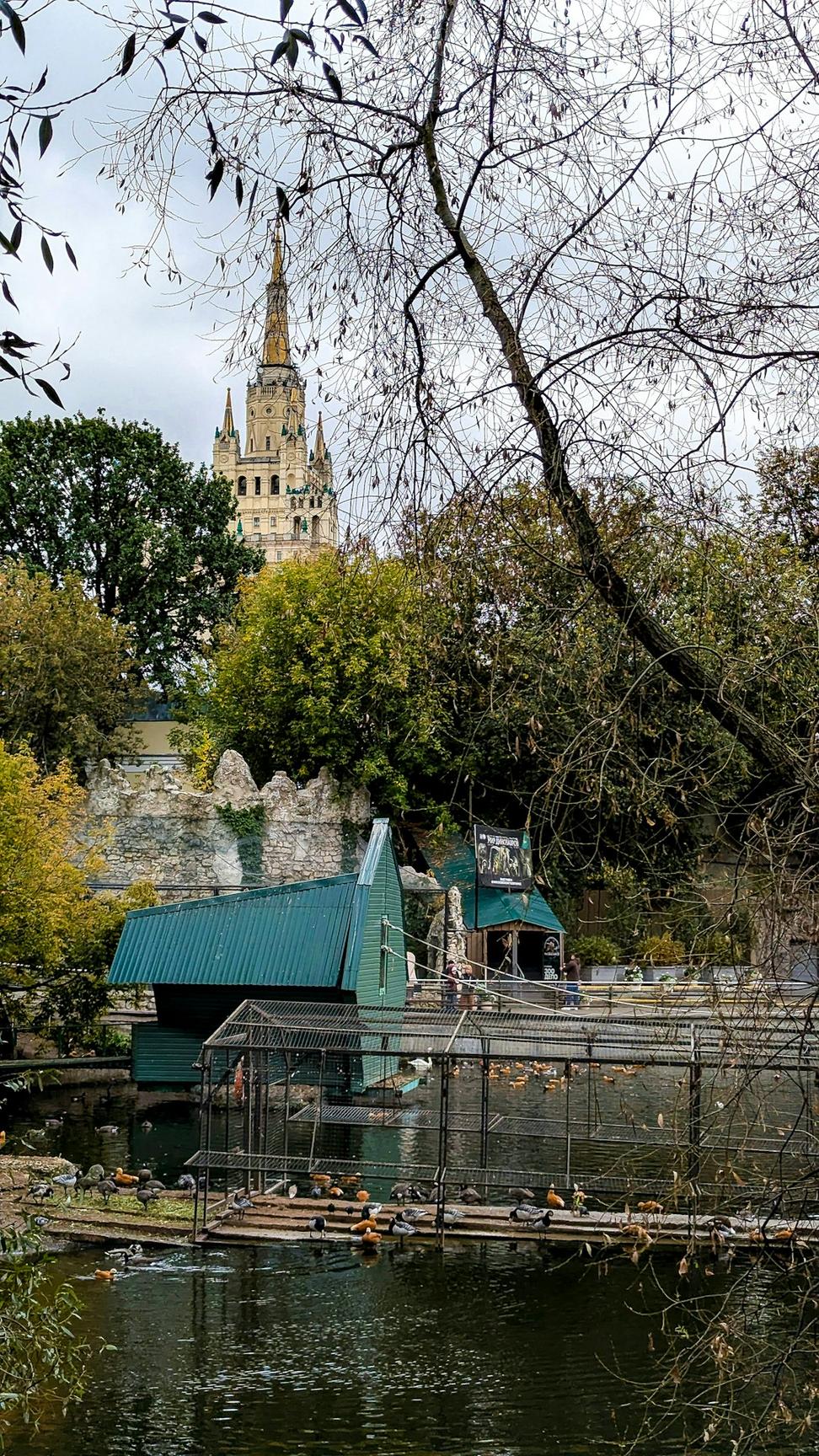Why We Actually Care About This Stuff
After fifteen years in this industry, I've seen too many "green washing" projects that slap some solar panels on a roof and call it sustainable. That's not what we do here. Real sustainable architecture starts way before the first sketch - it's about understanding the site, the climate, how people actually live in spaces.
We've learned that the most sustainable building is often the one that doesn't get torn down in 30 years. That means designing spaces people genuinely love, that adapt over time, that use materials built to last. Pretty simple concept, but you'd be surprised how rare it is.
